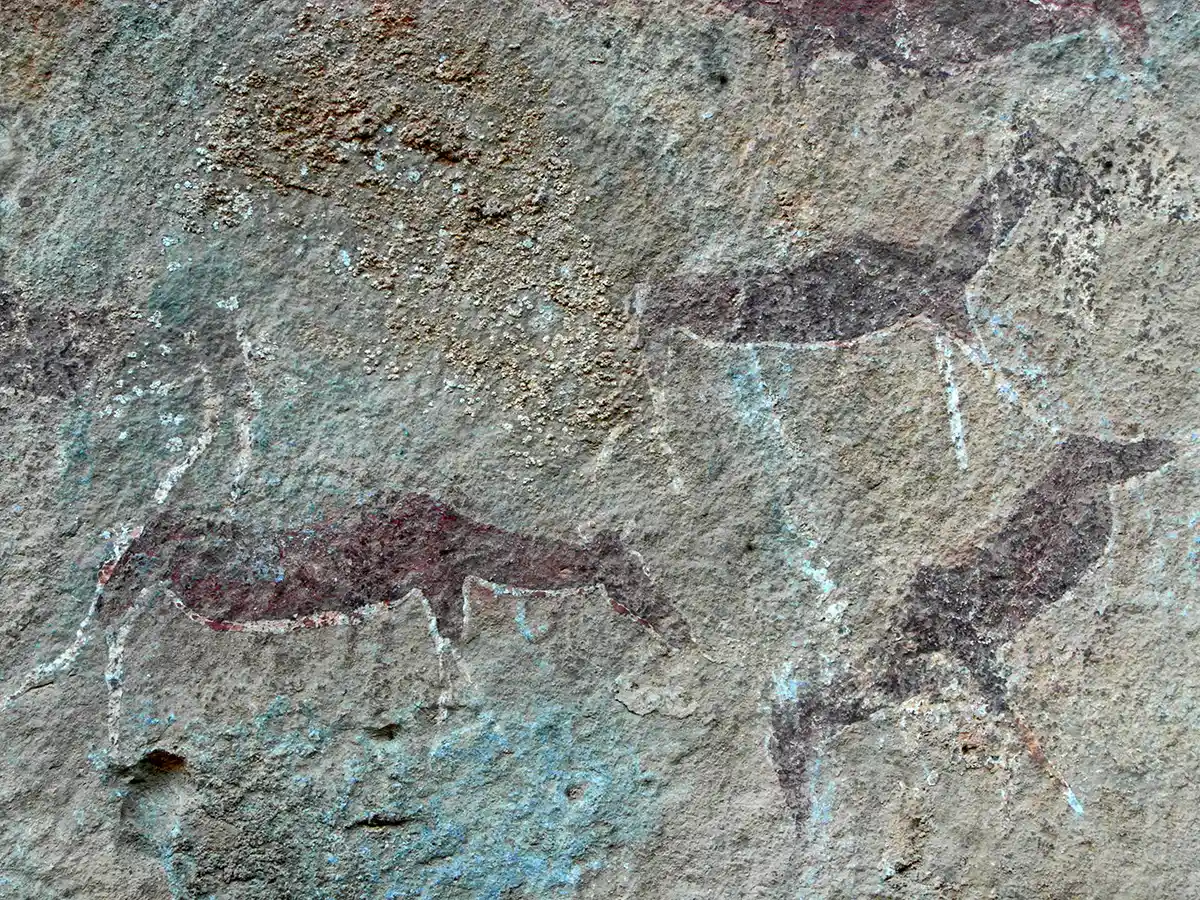Sacred Sites of Lesotho
Exploring the Sacred Places of Lesotho
Lesotho, a small country nestled within South Africa, holds within its mountainous terrain a rich tapestry of sacred sites steeped in history, tradition, and spirituality. These locations resonate with the deeply-rooted animistic and ancestral practices of the Basotho people, later merging with Christian symbolism in more recent times.
Thaba Bosiu
Known as the birthplace of the Basotho nation, Thaba Bosiu (meaning "mountain at night") stands as the most revered historical and sacred site in Lesotho. King Moshoeshoe I established his stronghold atop this flat-topped mountain in the early 19th century, providing a natural defense against rivals. Thaba Bosiu served as a bastion of resistance and the center of Basotho unity. It holds the burial sites of numerous Basotho kings and ancestors, making it a potent destination for honoring ancestors and celebrating significant national events. The mountain and its surroundings resonate with ancestral power and hold tremendous spiritual significance for the Basotho people.
Caves of Motouleng and Bodimong
Scattered throughout the eastern Free State and parts of Lesotho, the Motouleng and Bodimong caves hold both sacred and historical significance. They are associated with legends, ancestral worship, and spiritual practices of the Basotho people. Motouleng, renowned as the "place of beating drums," offers intricate symbolism in both ancestral and Christian contexts. Bodimong, meaning "place of ancestors," stands as a revered spiritual center where people travel to connect with their cultural heritage and pay homage to their ancestors. Rituals, pilgrimages, and ceremonies in these caves offer spaces for healing, divination, and a sense of deep spiritual connection.
Ha Baroana Rock Paintings
The Ha Baroana rock paintings, nestled near Nazareth in Lesotho, provide an exquisite glimpse into the ancient lives and spiritual practices of the San people (Bushmen). Depicting humans, animals, and hunting scenes, these intricate paintings unveil the rich symbolism and spiritual relationship between the San people and their environment. Visitors pay respects to the ancestors and gain a nuanced understanding of the deep spiritual currents that have flowed through Lesotho for centuries.
Kome Caves
Found in the Berea district of Lesotho, Kome Caves bear a unique history that speaks to survival and adaptation. The San people (Bushmen) originally created this network of rock-hewn dwellings for shelter and spiritual ceremonies. However, with the arrival of Basotho groups, conflict ensued, ultimately forcing the Basotho to seek refuge within these same caves during the Lifaqane wars. The Kome Caves serve as a powerful reminder of both an era of clashing cultures and an ingenious spirit of resilience in the face of adversity.
Sehlabathebe National Park
Designated as Lesotho's first national park and holding UNESCO World Heritage Site status, Sehlabthebe's breathtaking beauty intertwines with spiritual significance. The stunning rock formations, unique ecosystems, and captivating flora are believed to serve as a dwelling place for ancestral spirits. In its tranquility, visitors connect with the natural world and the ancestral presence interwoven with Lesotho's landscape.
Modern Christian Pilgrimage Sites
Lesotho's diverse spiritual landscape embraces a number of modern Christian pilgrimage sites. Many places are associated with healing, religious figures, or spiritual quests. For example, the gravesite of Father Gerard draws thousands due to his reputation for healing. With particular reverence, churches offer spaces for introspection, prayers, and connection with faith. While newer, these Christian pilgrimage destinations reflect the intertwining of Christianity and Lesotho's cultural fabric.
While small in geographic size, Lesotho overflows with historical and spiritual treasures. From the legacy of King Moshoeshoe I on Thaba Bosiu to the sacred caves and ancient rock paintings, the country is a fascinating pilgrimage destination. Visitors interested in history, culture, and the interconnectedness of spiritual practices will find Lesotho a rewarding place to explore.

Martin Gray is a cultural anthropologist, writer and photographer specializing in the study of pilgrimage traditions and sacred sites around the world. During a 40 year period he has visited more than 2000 pilgrimage places in 160 countries. The World Pilgrimage Guide at sacredsites.com is the most comprehensive source of information on this subject.

